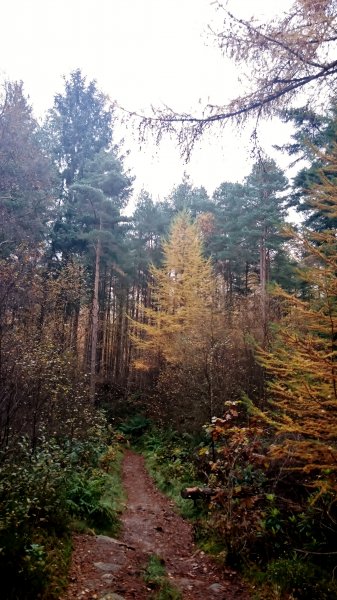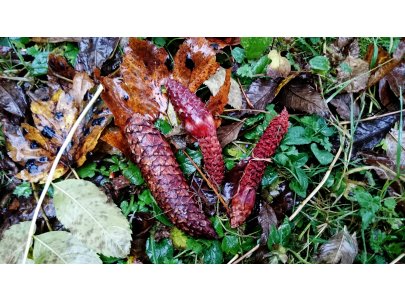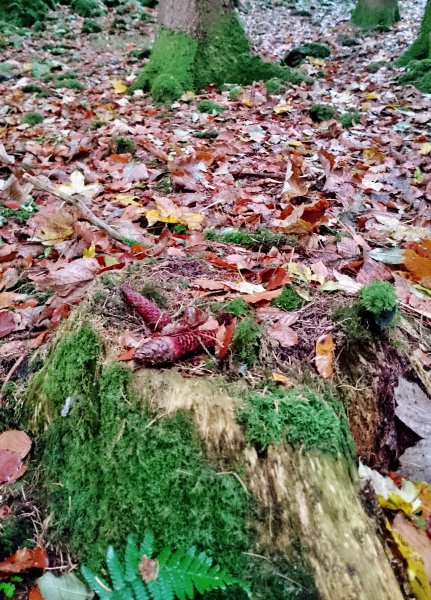Original Author: Clare McInroy
The sun had to disappear at some point and it just happened to be when I am out and about finding out what food is on offer for the squirrels in my local patch.
I knew I had got lucky with the weather for my first month in the Loch Lomond National Park. The minute I had  surveys to do the dark fog crept in and most of Scotland woke up to the normality of autumn. Chilly mornings, soggy leaves pasted on the pavements, drizzle and the insatiable need for cup of tea after cup of tea. I secretly love this part of autumn. Although I admit performing surveys is much easier when you are not clinging to a weather writer clipboard trying to make sense of the soggy piece of paper that lies within.
surveys to do the dark fog crept in and most of Scotland woke up to the normality of autumn. Chilly mornings, soggy leaves pasted on the pavements, drizzle and the insatiable need for cup of tea after cup of tea. I secretly love this part of autumn. Although I admit performing surveys is much easier when you are not clinging to a weather writer clipboard trying to make sense of the soggy piece of paper that lies within.
I have been undertaking food abundance surveys across the Loch Lomond and Trossachs National Park to understand exactly how successful autumn crops have been in the area. Assessing tree crops can help predict how red and grey squirrels will cope in the following months. Populations will show increases in reproduction in the years that follow good food crops. Following a set 1 kilometre transect line, I stop every 100 metres to assess what tree species are present and the amount of food available within the area. The transects have taken me through deciduous woodland with bramble thickets dominating the woodland floor, conifer plantations with bountiful cone bearing spruce and mixed woodland where Scot’s Pine tower over young beech trees. At each stop I also keep a look out for any movement in the trees, feeding signs and possible dreys.
When standing at one point on a transect I heard the tip tap of what first sounded like rain, but on closer inspection there was a red squirrel sitting above me in the forest canopy munching on a cone and dropping the remains to the ground. We stood staring at each other for a second and then, intent on finishing their meal, they resumed precisely nibbling the cone. Conifer species such as Douglas fir, Pine, Spruce and Larch are favoured by red squirrels and they take advantage of ripe cone crops to gather energy for the colder weather and bulk up after slow summer months.

Conifer crops on the transects have been positive with many areas producing a bounty of autumn delicacies. I came across the remains of a squirrel feast on this tree trunk that has been used as a table top.

Broadleaved species such as oak and beech have been less productive. It appears the cold, wet summer may have taken it’s toll. Fruit bearing plants like the bramble have had a good year which will have helped fill in this seed gap with many plants still bursting with ripe fruit.
It’s been an odd year with a late spring and non existent summer but the piles of cones and fruit will hopefully be enough to keep the red squirrel busy through the ever unpredictable winter months. For now enjoy autumn and get out into your local woods to watch chaffinches picking seeds out of cones, the arrival of winter thrushes dining on rowan berries and of course red squirrels scurrying about caching food.
